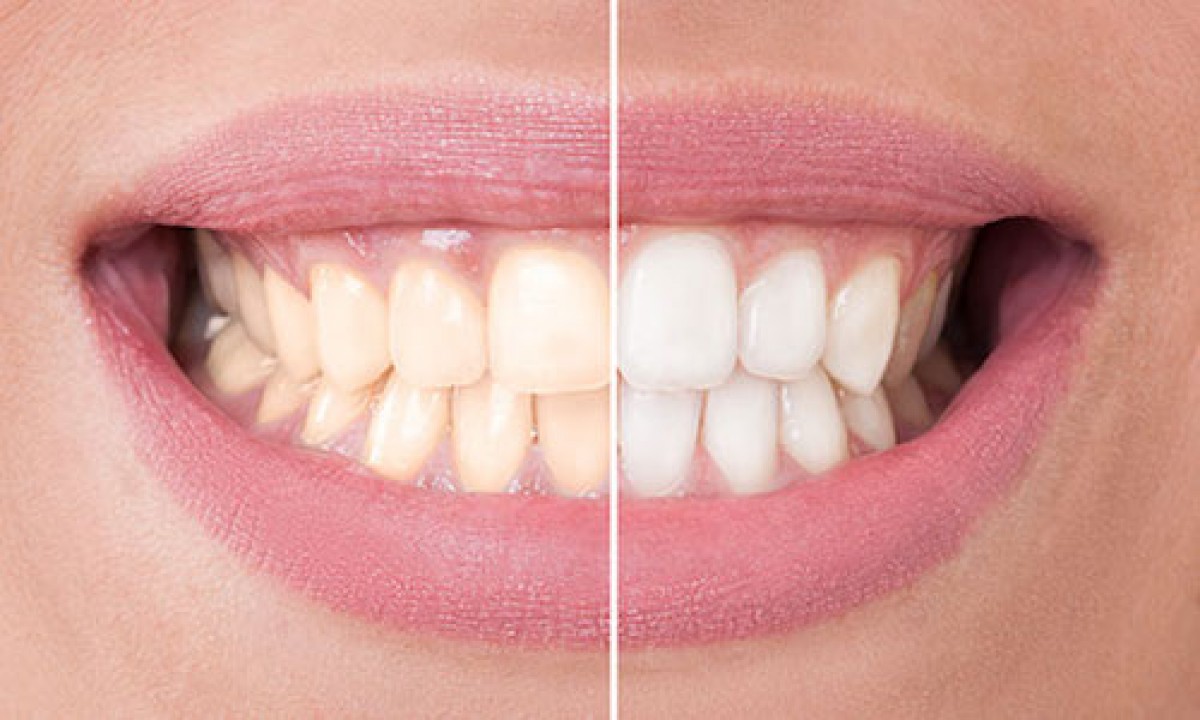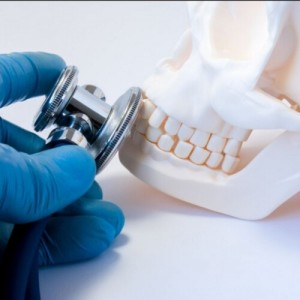
Can tooth bleaching reduce plaque and gingivitis? A systematic review.
Lorenzo Breschi
Aesthetics is becoming everyday more and more important for patients. Indeed, one of the main reason for a dental consultation is the alteration of tooth appearance. Changes in color could be pathological, such as color modifications in non-vital teeth, fluorosis or tetracycline induced discoloration, or non-pathological, due to the natural laying down of secondary dentine, resulting in a gradual darkening of teeth with age. In order to improve teeth appearance, two bleaching agents are mostly employed: hydrogen peroxide and carbamide peroxide. The two materials are both relatively safe and effective, although some side effects could occur. Different side effects have been described after tooth bleaching depending on the formulation, concentration and application mode, especially after the massive distribution of the “at home” formulations, directly sold to the consumer without supervision or control of a qualified professional.
Problems were reported in literature on hard and soft tissues, but also on the quality and concentration oral bacteria. In particular, the modification of the bacterial flora presented controversial considerations: on the one hand, it seems that plaque formation could be negatively affected by the increase surface roughness after bleaching, on the other hand, some in vitro studies showed that bleaching products could have potential antibacterial properties due to the oxygen release and the formation of reactive oxygen species.
Being evident the need to evaluate the effect of bleaching agents on oral biofilm, as well as on plaque formation and gingivitis levels at short term and a long term, Sanz-Sánchez and his team published in 2019 a systematic review on the topic with the purpose of assessing the effects of different products used for tooth bleaching in the changes of plaque and gingivitis indices in comparison with a control group (no treatment or placebo).
MATERIALS AND METHODS
In the above mentioned manuscript, two electronic databases were used as sources for the research. The inclusion criteria were patients without periodontitis and over the age of 18 years treated with tooth-whitening products containing hydrogen peroxide or carbamide peroxide. The electronic search delivered 382 titles. After their evaluation seven studies were included, and six were used in the meta-analysis.
RESULTS
The result of this research showed a statistically significant greater reduction in plaque formation and gingivitis index during treatment in the test group when compared to the control group. In some studies, however, it has been showed that, after tooth bleaching, teeth could be more prompt to plaque accumulation due to surface modifications. Enamel surface alterations may vary according to the whitening products used and seem to be associated with the use of bleaching agents with a low pH. Therefore, bleaching products should ideally have a neutral pH to minimize the risk of a potential damage. The pH values of the bleaching agents range between 4.5 and 10.8, showing that some of the products on the market are below the critical point of enamel demineralization (pH 5.5). Indeed, the demineralization process seems to be mainly correlated to the low pH instead of the presence of the hydrogen peroxide itself. Therefore, with the available data, it is difficult to validate the hypothesis that tooth-whitening products could lead to an increase in plaque formation at long term due to an increase in enamel roughness.
The relevance of this topic should not be forgotten. The increased demand for cosmetic dental treatment from the population has favored the overgrowth of dental whitening requests, even without professional supervision. In the United States of America, 34% of the adult population reported being unsatisfied with the current color of their teeth, and in a survey of 3215 subjects in the United Kingdom, 50% of the respondents perceived some degree of discoloration. The safety and efficacy of the products used for this treatment have been demonstrated in several studies but in any case, bleaching products should not be applied without professional supervision and patients undergoing treatment should attend the follow-up visits to control tissues and oral health during the treatment.
CONCLUSIONS
The authors concluded that, within the limitations of the systematic review, the use of tooth‐whitening products is associated with a statistically significant reduction in the levels of dental plaque and gingivitis during treatment. However, no data are available to confirm these findings in a long-term basis and to support that these changes are clinically relevant. Nevertheless, it is important to maintain good oral hygiene levels before, during and after treatment.
For additional informations:
Changes in plaque and gingivitis levels after tooth bleaching: A systematic review
 Related articles
Related articles
Periodontology 10 October 2025
Continuous professional development (CPD) in Periodontology refers to the overall framework of opportunities that facilitate a life-long learning practice, driven by the learner-practitioner and...
Periodontology 10 September 2025
To update the findings of a systematic review from the year 2016 on the evidence for the accuracy and potential benefits of cone beam computed tomography (CBCT) in periodontal diagnostics.
Periodontology 27 August 2025
The purpose of this study was to evaluate the views, knowledge and preferences of a large sample of practising dentists in periodontics, focusing specifically on the treatment of gingival recessions,...
Aggressive periodontitis is a destructive disease characterized by the following: the involvement of multiple teeth with a distinctive pattern of periodontal tissue loss; a high rate of disease...
This review discusses the principles of polymerase chain reaction (PCR) and its application as a diagnostic tool in periodontology.
 Read more
Read more
Editorials 10 October 2025
With proud smiles and crisp white coats, ninety-three learners from the DDS Class of 2029 and the International Dentist Pathway Class of 2028 marked the start of their dental careers at the UCSF...
Periodontology 10 October 2025
Continuous professional development (CPD) in Periodontology refers to the overall framework of opportunities that facilitate a life-long learning practice, driven by the learner-practitioner and...
TheraBreath, the #1 alcohol-free mouthwash brand in the U.S.*, has introduced a new line of dentist-formulated, clinically tested toothpastes designed to support professional oral care...
News 10 October 2025
New officers and trustees were installed at the Minnesota Dental Association’s Leadership Conference on September 19 in Minneapolis.
News 10 October 2025
Smartee Denti-Technology today announced that Professor Gang Shen, its Chief Scientist and Executive President of TaiKang ByBo Dental, has once again been named to the World’s Top 2% Scientists...














